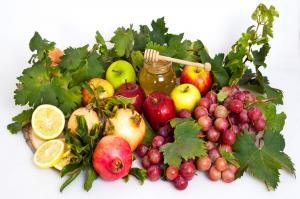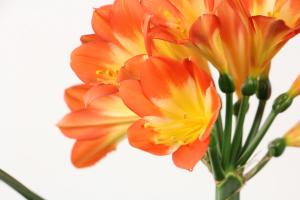Planting Sunflower Seeds That You Can Eat
Are you a fan of sunflower seeds? These tasty little snacks are a great source of protein and healthy fats, and they're fun to eat too! But have you ever wondered if you can plant sunflower seeds that you can eat? The answer is yes! In fact, planting your own sunflower seeds can be a fun and rewarding experience. Here are some tips to help you get started.
Choosing the Right Seeds
If you want to plant sunflower seeds that you can eat, it's important to choose the right variety. Look for seeds that are labeled as either "confectionery" or "oilseed" types. Confectionery seeds are larger and have a thicker shell, which makes them easier to crack open and eat. Oilseed seeds, as the name suggests, are better for pressing and extracting oil, but they can also be eaten.
When it comes to choosing a specific variety, consider factors such as the plant's height, the size of the flower heads, and how many seeds each head produces. Some popular varieties for eating include the "Mammoth Russian," "Giant Grey Stripe," and "Black Oil."
Preparing the Soil
Sunflowers are relatively easy to grow, but they do require well-draining soil with plenty of nutrients. Start by clearing the area where you want to plant your sunflowers. Remove any weeds or rocks, and till the soil to a depth of at least six inches. If your soil is heavy or clay-like, add organic matter such as compost, peat moss, or aged manure to improve drainage and fertility.
Sunflowers prefer a slightly acidic soil with a pH between 6.0 and 7.5. You can test your soil's pH with a kit from your local garden center or extension office. If your pH is too low or too high, you may need to adjust it with lime or sulfur.
Planting the Seeds
Sunflowers are typically planted directly in the ground in late spring or early summer, after the danger of frost has passed. Choose a sunny location with at least six hours of direct sunlight per day. Mark the planting area with stakes or flags so you can keep track of where your seeds are.
To plant sunflower seeds, dig a hole about two inches deep and drop in one or two seeds. Space the holes about six inches apart, and cover the seeds with soil. Water the area well, and keep the soil moist but not waterlogged. Germination should occur within a week or two.
Caring for Your Sunflowers
Once your sunflower seeds have sprouted, you can thin them out to one plant per hole if necessary. Sunflowers are fairly low maintenance, but they do require regular watering and fertilization. Water deeply once or twice a week, depending on the weather and soil moisture. Fertilize with a balanced fertilizer every two weeks until the flowers start to bloom, and then switch to a fertilizer with a higher phosphorus content to encourage seed production.
If you're growing sunflowers for their seeds, you'll need to protect them from birds and other wildlife. Once the flower heads have formed, cover them with a mesh bag or cheesecloth to keep the birds away. You can also tie a paper bag over the flower head and secure it with a rubber band.
Harvesting Your Sunflower Seeds
Your sunflowers will be ready to harvest when the back of the flower heads turn yellow and start to dry out. Cut the flower head off the stem, leaving a few inches of stem attached. Hang the flower head upside down in a warm, dry, well-ventilated area for a few weeks until the seeds are completely dry. You can then remove the seeds by rubbing them against the inside of a paper bag or by using your fingers to gently pry them out.
Planting sunflower seeds that you can eat can be a fun and tasty experience. With a little preparation and care, you can enjoy your own homegrown sunflower seeds all season long.

 how many times do yo...
how many times do yo... how many planted tre...
how many planted tre... how many pine trees ...
how many pine trees ... how many pecan trees...
how many pecan trees... how many plants comp...
how many plants comp... how many plants can ...
how many plants can ... how many plants and ...
how many plants and ... how many pepper plan...
how many pepper plan...

































